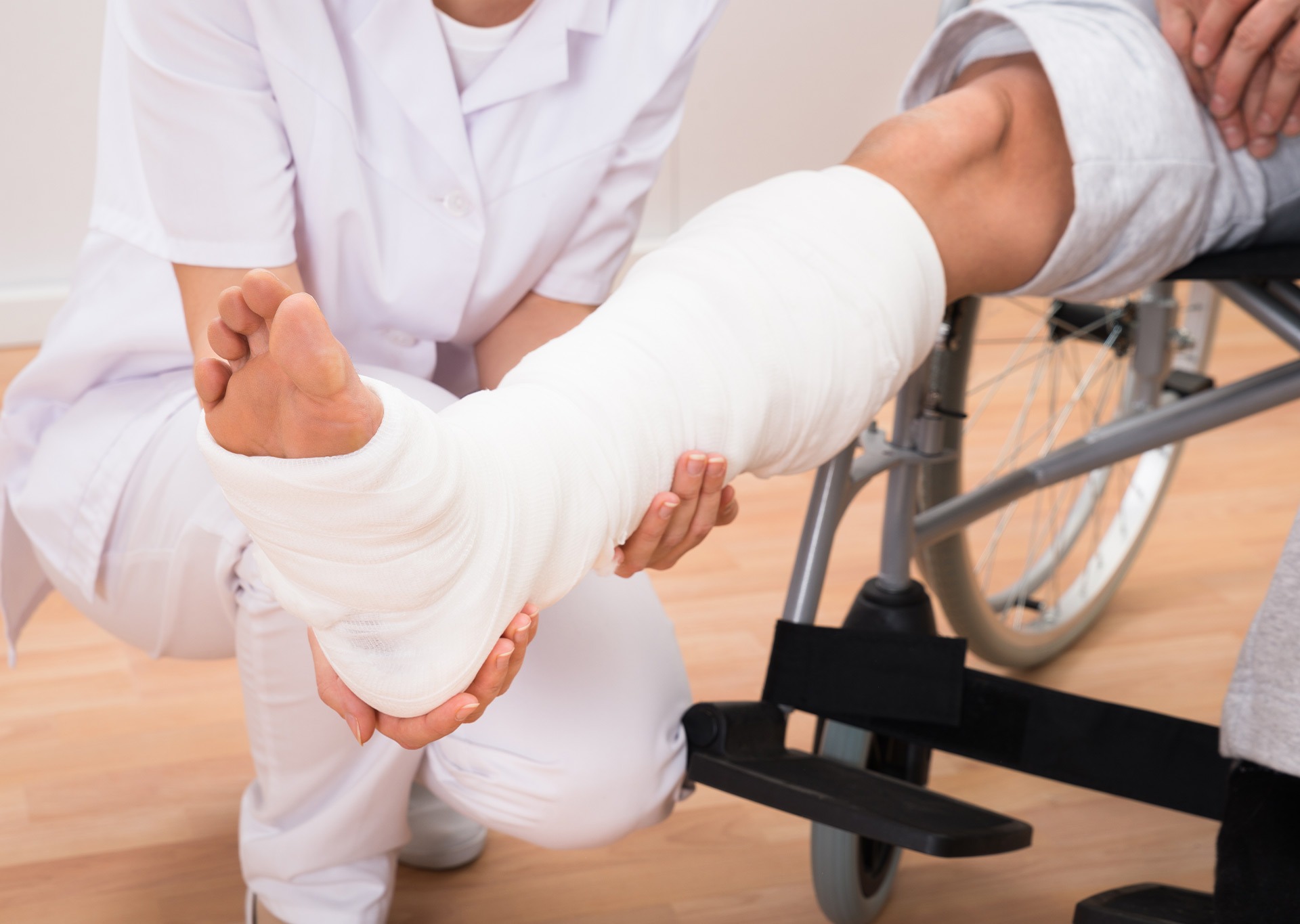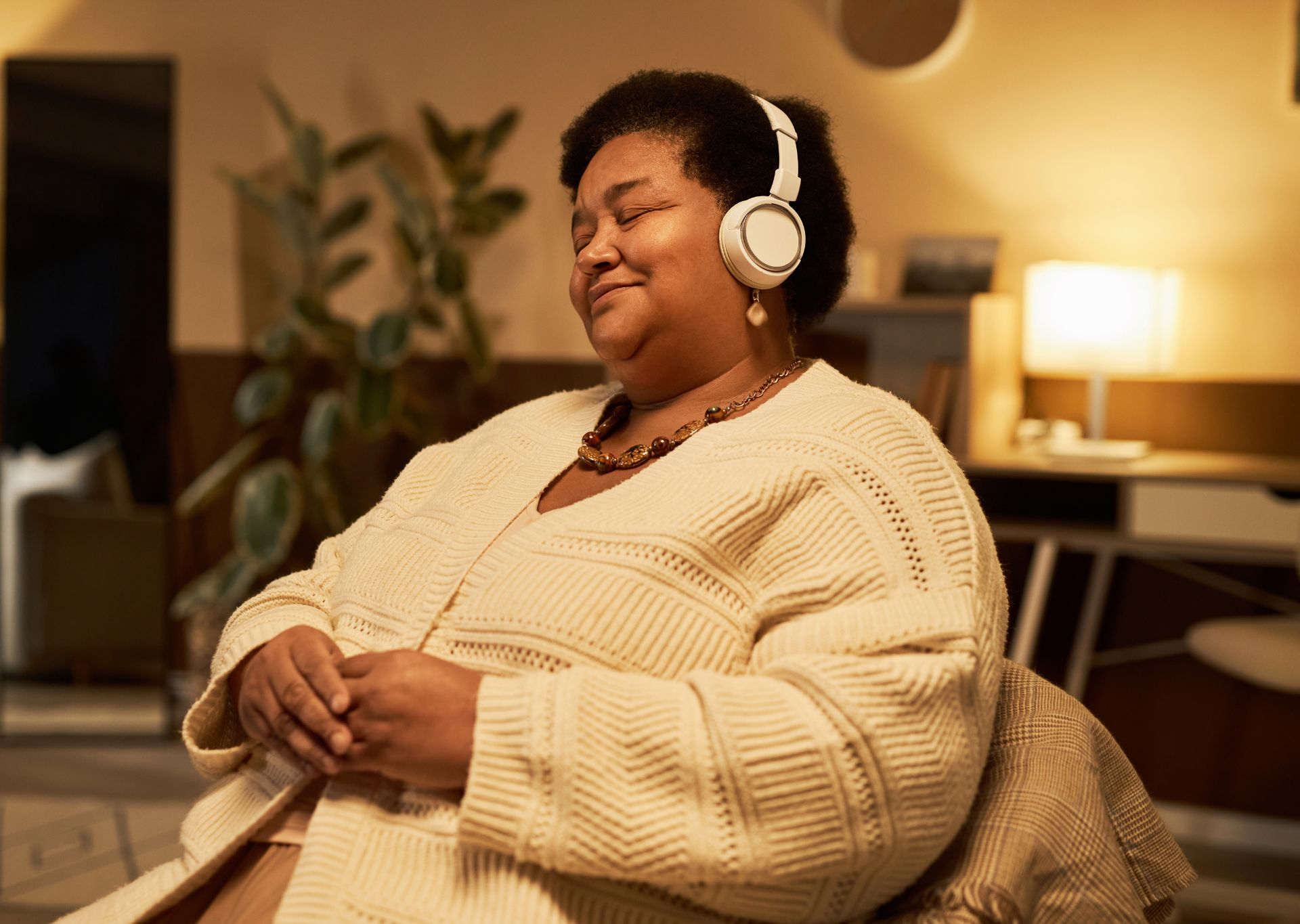
Support resources for family members of people with reduced mobility
Caring for a family member with reduced mobility can be a daily challenge that goes beyond emotional commitment. It requires information, appropriate tools, and support to provide dignified, safe, and sustainable care. In this article, we explore different types of resources that can help families provide better care, reduce overload, and improve the quality of life for both the caregiver and the person being cared for.
- Support from specialised organisations and associations
Numerous organisations are dedicated to providing support to people with reduced mobility and their families. These resources can make a big difference in the daily life of a carer.
- Training and education: Many associations offer programmes and workshops to train carers in topics such as the correct use of technical aids or safe mobility strategies.
- Personalised advice: These organisations also provide guidance on how to choose and use mobility devices such as walkers, wheelchairs or lifts.
- Equipment loan or rental: Some organisations provide temporary access to assistive products, allowing users to try them out before making a financial investment.
Consulting with these associations provides access to useful and up-to-date resources tailored to the specific needs of each case.
- Support groups: sharing to ease the burden
Caregiving can be a lonely experience without an emotional support network. This is where support groups become critically important.
- In-person or online meetings: Spaces where caregivers can share their experiences, practical advice, and emotions with people in similar situations.
- Emotional support: Knowing you’re not alone in facing the challenges of caregiving can reduce anxiety, burnout, and stress.
- Information sharing: These groups also often discuss local resources, service recommendations, or helpful day-to-day strategies.
Participating in a support group can become a key source of emotional strength and practical knowledge.
- Professional home health services
Professional care doesn’t always require complicated transportation. There are resources that can be delivered directly to the home, facilitating access to specialized care.
- Physical and occupational therapy: These professionals can work with people with reduced mobility to maintain or improve their functionality, while also providing guidance to caregivers.
- Home visits: Some healthcare institutions or private institutions offer these services, avoiding the need to travel with the person being cared for.
- Personalized adaptation: Therapists can suggest specific exercises, as well as modifications to the environment to make it safer and more accessible.
These services complement family care with professional support, improving the patient’s physical and emotional outcomes.
- Financial resources and assistance for accessibility
In many cases, adapting your home or acquiring mobility devices involves a significant expense. There are assistance programs that can help with this.
- Public and private subsidies: Some organizations offer financial assistance for the purchase or rental of equipment, home improvements, or adapted transportation.
- Benefits guidance: Resources are available to inform families about entitlements, long-term care benefits, and available local aid.
- Reducing financial barriers: Accessing these funds can significantly improve quality of life, reducing the financial burden of caregiving.
Investigating and taking advantage of these benefits is key to providing better care without compromising the family’s finances.
- Caring for the caregiver: an equally necessary resource
El bienestar del cuidador es esencial para una atención sostenible. Cuidarse no es egoísmo: es una necesidad.
- Respite care: Some institutions offer temporary care services so caregivers can rest or attend to other responsibilities.
- Psychological support: Seeking professional guidance or attending individual or group therapy can help manage emotional exhaustion.
- Continuing education: Continual training not only improves the care provided but also gives caregivers confidence and security.
Recognizing one’s own needs and seeking support to address them is part of caring well for another.
Conclusion
Having adequate resources can transform the experience of caring for a person with reduced mobility. From specialized organizations to financial assistance, emotional support, and professional support, each tool contributes to more humane, effective, and sustainable care. Accessing these resources not only improves the quality of care, but also eases the burden that many families carry in silence.








